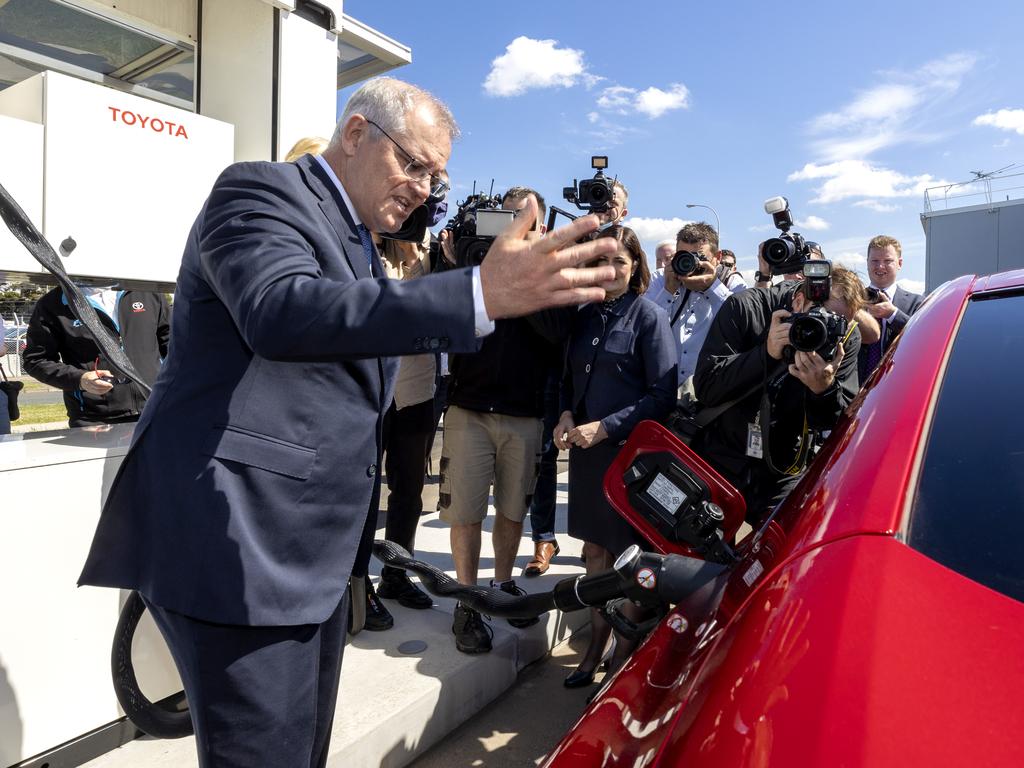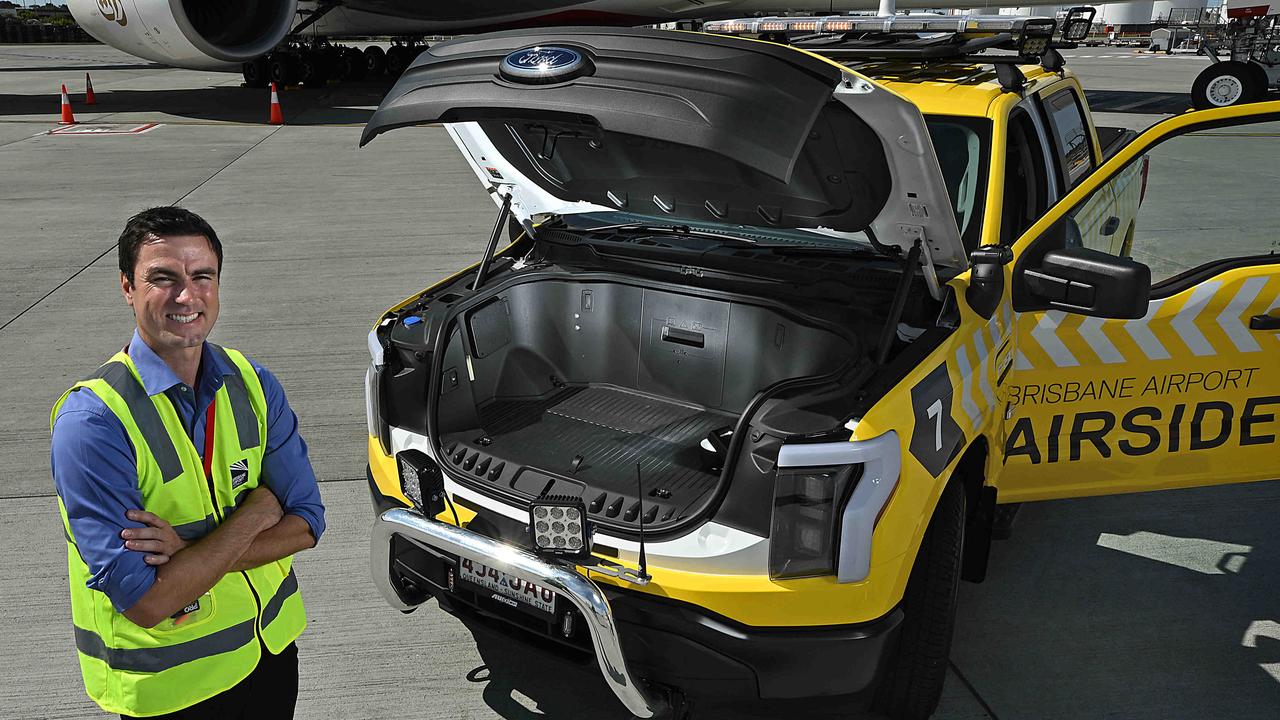Electric vehicles: Get ready to be spoiled for choice in 2022
Fresh technology and a plethora of new EVs will headline a frenzy of four-wheeled action next year.
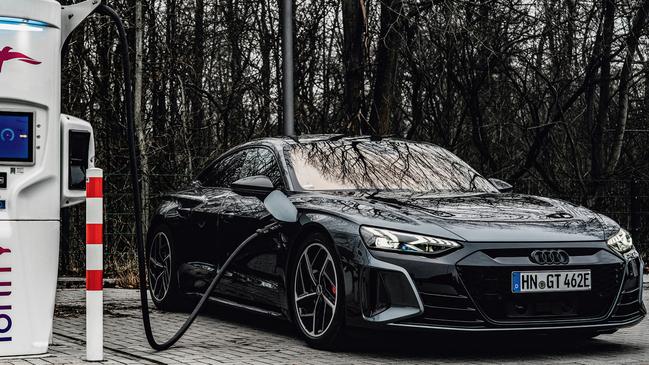
Fresh technology and a plethora of new cars powered by electricity will headline a frenzy of four-wheeled action in 2022 as the EV market charges forward.
While electric cars currently make up only a little over 1 per cent of the Australian new-car market, there are dozens more due to hit our roads next year. Combined with state government incentives to go electric, EVs look set for rapid sales growth.
Much of the action with electric cars is in the luxury market. The price premium still attached to an EV – sometimes tens of thousands of dollars – means it’s less of a shock to those already willing to spend big.
One of the most keenly anticipated is the Audi e-tron GT. Sharing its 800V electrical architecture with the incredibly exciting Porsche Taycan (both Audi and Porsche are part of the giant Volkswagen Group), the flagship RS version of the brand’s new EV hero will be the most powerful road car ever to wear an Audi badge.
The sleek sportback design rides on a new dedicated EV architecture that optimises the positioning of batteries and electric motors, which translates to more occupant space. It’s a big change from most EVs currently on the market, which use a platform designed for an engine and gearbox with the electric components shoehorned in.
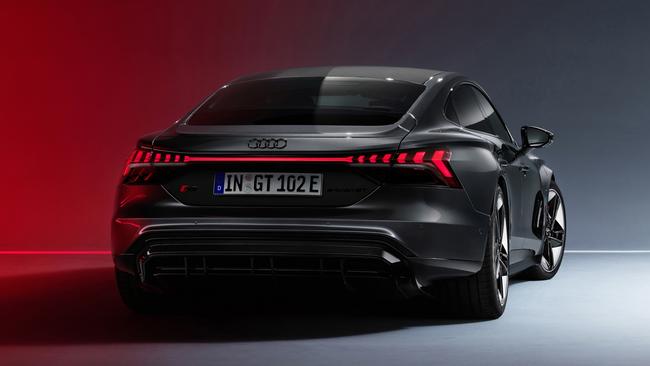
The RS e-tron GT makes as much as 475kW and 830Nm, which isn’t far off the V8-powered Ferrari F8 (530kW/770Nm). The GT will be available in a range of flavours, each likely to undercut the price of the Porsche with which it shares so much beneath the sleek sheetmetal (the Taycan starts at $156,300, while the Audi’s pricing has not been revealed yet).
Audi won’t have the luxury limelight to itself. Rival Mercedes-Benz is planning a huge year for electric cars with its EQ sub-brand. On the shortlist are the EQB SUV, EQE sedan, EQV people mover and even an eVito electric van.
But it’s the EQS that promises to chart a new course for limousines. The first of an imminent influx of EV limos – Bentley and Rolls-Royce are both planning to be all electric within a decade and Audi and BMW are readying EV limousines – the EQS takes the S-Class thinking and morphs it into a body designed on a dedicated EV platform.
Claimed to be the world’s most aerodynamically efficient road car, the EQS has a range of up to 780km, a new high for EVs. Plus the EQS will be available with a 55-inch “Hyperscreen” that sprawls across the dash.
And it will be quick, too, with a high-performance AMG variant that will trounce previous V8-powered Benzes.

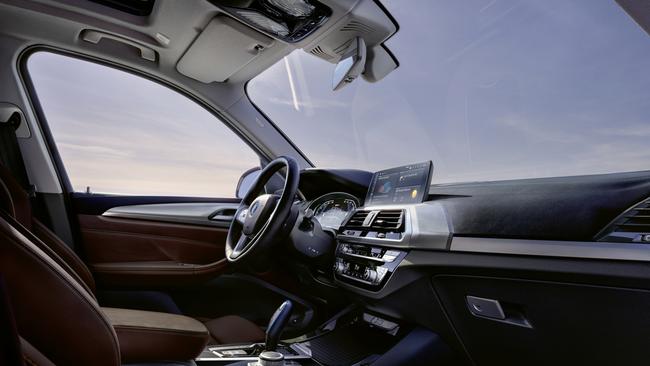
BMW will also get EV serious with two electric SUVs. The made-in-China iX3 takes the successful mid-sized SUV body and replaces petrol bits with batteries and a single motor driving the rear wheels.
Those wanting an electric BMW driving all four wheels will have to step up to the iX, an imposing SUV with an equally imposing grille that aims to tempt X5 buyers with something all electric.

But some of the most innovative tech looks set to come from Hyundai-owned luxury newcomer Genesis, which is planning an EV triple treat mid-year, with the electrified G80, electrified GV70 and GV60. It’s the latter that’s the most interesting, utilising the E-GMP architecture from its parent company to provide big performance (0-100km/h in four seconds) and a spacious cabin that belies its jelly-bean exterior.
The GV60 also debuts Face Connect, which uses an external infrared camera for facial recognition that means you won’t need a key. By the time you sit inside, it will have tailored the seating position and controls to your preferences, and it can even be used to activate biometric payments.
Throw in the Crystal Sphere gear selector and there’s no shortage of talking points for an SUV that could provide an interesting alternative to the German brands.
One brand clear about its intended target is Polestar. Part owned by Volvo, the first Polestar 2 is priced to tackle the Tesla Model 3, arguably providing the stiffest competition for the pioneer in the EV space. The 2 has an emphasis on style and performance but is equally focused on connectivity. The compact sportback can be unlocked and controlled remotely by phone – just like Teslas – and is one of the first in the country with Google’s Android Automotive operating system, which allows owners to download third-party apps and leverage the integrated Google Assistant voice operation.
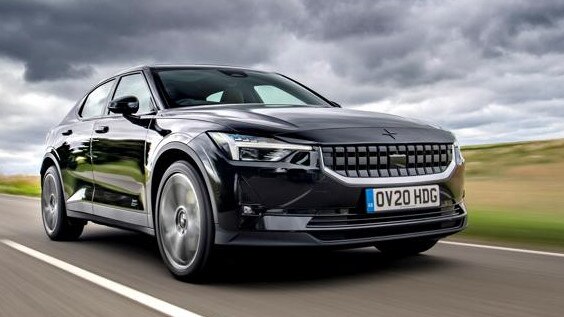
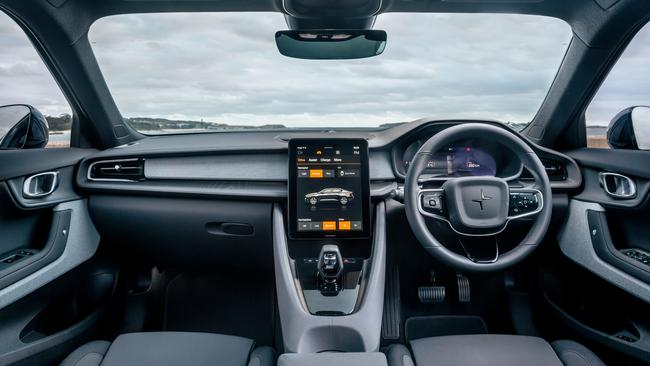
The Polestar also benefits from over-the-air software updates that can bring improvements, additional functionality – and post-sales revenue streams. The Swedish-based company now offers a performance upgrade for the dual motor version of its 2 unlocking another 50kW of power, in turn lowering the dash to 100km/h by 0.3 seconds to just 4.4 seconds.
While Tesla doesn’t go into specifics about individual markets, the brand is expected to launch the Model Y here in 2022. Effectively an SUV version of the Model 3 that is by far the most popular EV in Australia, the Y promises more interior space to keep the Tesla juggernaut rolling.
Mainstream buyers will not be overlooked throughout 2022, either, with top-selling brand Toyota to unleash its first electric vehicle late in the year in the form of the bZ4X. The first of a new bZ family – it denotes “beyond zero” – the bZ4X is about the size of a RAV4 and looks set to come with an industry-leading 10-year battery warranty.
Chinese maker MG is also planning a major refresh of its ZS EV (from $41,990), currently the most affordable electric car on the market. The compact SUV gets revised styling, a larger touchscreen and the option of a bigger battery to extend the EV range.
Volkswagen is one of the few mainstream brands not to have a hybrid or electric car on sale locally already. But that will change in 2022 with the late-year arrival of the Touareg R, a new high-performance hero in the large SUV range. Replacing the V8 in the lineup, the Touareg R teams a V6 turbo with an electric motor for big performance. Like many plug-in hybrid electric vehicles – or PHEVs – the Touareg R is designed to allow EV-only running for daily duties but with the backup of petrol for longer journeys and when you want more power.
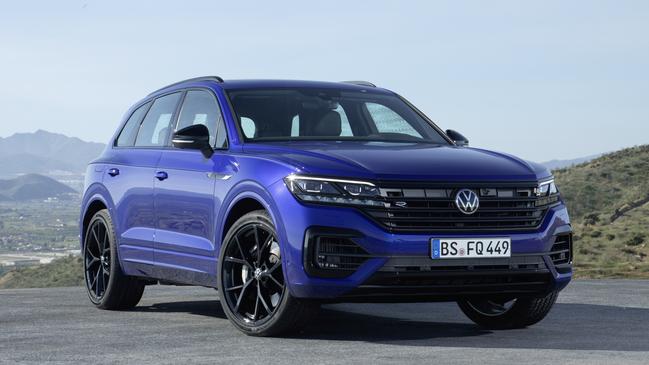
But the Touareg PHEV is an entree to Volkswagen’s EV main course: ID. The ID sub-brand is fast expanding overseas but is yet to make an appearance locally. There’s a chance that could change very late in the year, with Volkswagen Australia lobbying its German headquarters for the ID.4 mid-sized SUV that would play in the heartland of the evolving EV space.
While it might not arrive until 2023, before then we’ll see another Volkswagen Group EV in the form of the Cupra Born. The fledgling Spanish brand is launching mid-year with two hybrids and says it will have the all-electric Born on sale later in the year.
Cupra is one of dozens of new brands eyeing the Australian market. Another is BYD. With investment backing from Warren Buffett, the Chinese car maker is already a giant in the EV space in its homeland.
All of which should make shopping for an electric car in 2022 that bit more interesting.




